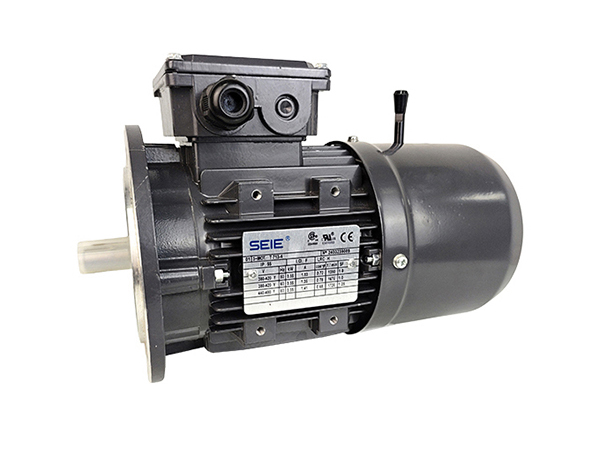Focus on SEIE - Quickly understand industry trends

1. Motor part
1. The certification of the motor is: UL certification in the United States, CSA certification in Canada, and CE certification in the European Union.
2. The installation methods of the motor are: B3, B5, B14 of the IEC motor standard of the International Electrotechnical Commission and the installation method specification of the NEMA motor standard in the United States.
3. The voltage of the motor is: three-phase AC 220V, 230V, 380V, 400V, 415V, 440V, 460V, 480V, 575V
4. The frequency of the motor is: 50HZ and 60HZ
5. The energy efficiency of the motor is: IE1, IE2, IE3, IE4, IE5 of the International Electrotechnical Commission IEC motor standard and the NEMA motor standard of the United States NEMA motor standard high efficiency, ultra-high efficiency, IEEE841 DOE
6. Applicable environment of motors: logistics equipment, lifting equipment, conveying equipment, automation equipment, PCB equipment, battery equipment, ceramic machinery, woodworking machinery and equipment and other related industries.
2. Brake and brake part
1. The certification of the brake is: UL certification in the United States and CE certification in the European Union.
2. The input voltage of the brake rectifier is: single-phase AC200V~277V, 50/60HZ
3. The functions of the brake are: normal use of the brake rectifier power supply to draw power from the motor terminal; If rapid braking is required, the brake rectifier power supply and the motor power supply are on the same main contactor to ensure that the power supply is switched off at the same time; When the motor is powered by an inverter, the brake rectifier power must be drawn from the front end of the inverter, and the power supply and interruption must be guaranteed at the same time.

